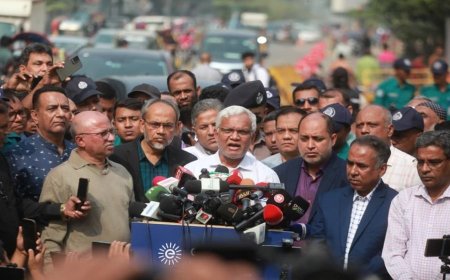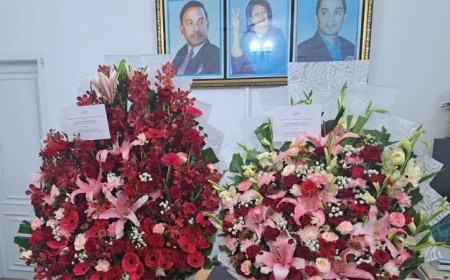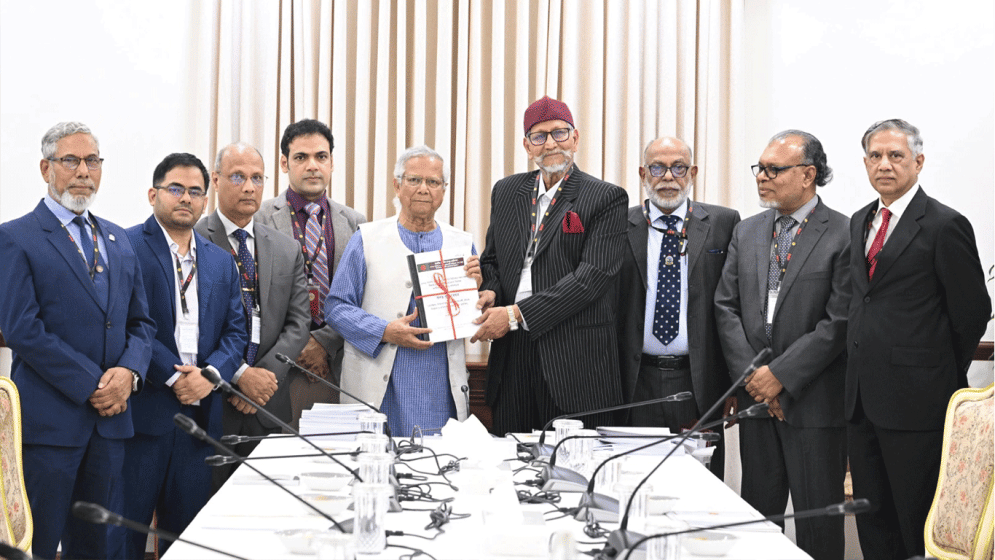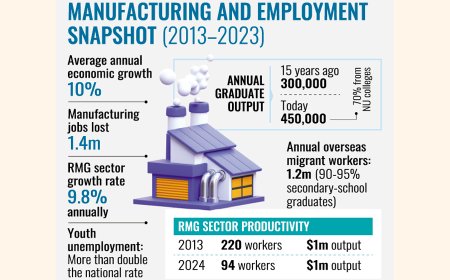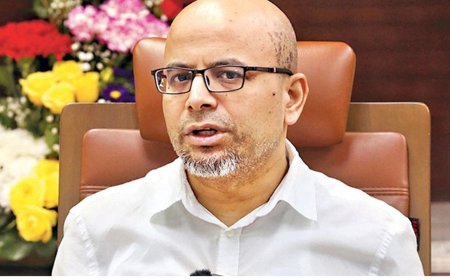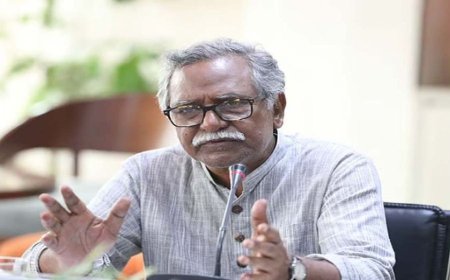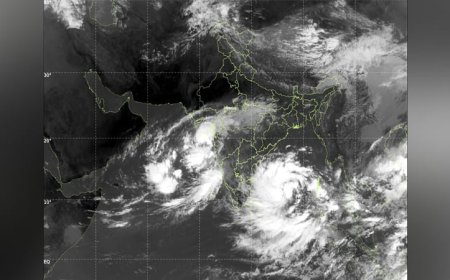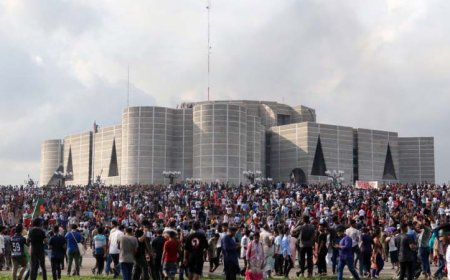Energy crisis impacts homes and businesses
Energy crisis impacts homes and businesses

Gas Shortage Disrupts Daily Life and Industry
Farzana Akter and Rabiul Islam have been eating breakfast at restaurants every morning for two weeks due to an inadequate gas supply. At their home near 60-Feet Road in Agargaon, Dhaka, their gas stove functions for only about two hours after 4:00 pm. Farzana, a nurse at a government hospital, tries to cook during this window. Occasionally, the gas supply normalizes after midnight, forcing the couple to stay awake to prepare dinner.
"This has affected everything, including my work, because I feel drowsy all the time," Farzana said.
According to Petrobangla data, since December 1, the daily supply of natural gas has hovered around 2,700 mmcfd, far short of the combined household and industrial demand of about 3,800 mmcfd.
Many neighborhoods in Dhaka, Narayanganj, and Gazipur are grappling with severe cooking gas shortages.
The crisis worsened in early December when one of two floating storage and regasification units (FSRUs) in Moheshkhali, Cox's Bazar, underwent maintenance. Residents from Mirpur, Mohammadpur, Jigatola, and other areas reported that the shortage began in December and has intensified in recent weeks.
"I pay Tk 1,080 a month for gas, but I have to use an electric stove and spend more on electricity," said Abdur Rahman Dipu of Kathalbagan.
Shahnewaz Parvez, managing director of Titas Gas Distribution and Transmission PLC, cited pipeline condensation due to cold temperatures and maintenance work as causes of the disruption. While the FSRU is back in operation, he noted that filling pipeline voids would take time. Supply is expected to improve within the week.
Industrial Impact
In Narayanganj, the knitwear factory owned by M Jamaluddin has cut production by nearly a third due to inadequate gas pressure. His burners require 15 psi but often receive only 2-3 psi, causing material waste during production.
Mohammad Hatem, president of the Bangladesh Knitwear Manufacturers and Exporters Association, called the situation "unacceptable." Factory owners in Gazipur and Narayanganj echoed his concerns, with a ceramic factory owner in Sreepur noting that fluctuating gas pressure halts production.
Challenges for Low-Income Residents
The gas shortage has hit low-income communities hardest. In Bhasantek, residents of a rehabilitation project reported they could only cook between 3:00 am and 6:00 am, sometimes gaining one or two additional hours on weekends.
"We pay for the gas but do not get it," said Meghla Akter, who added that her family spends extra money just to prepare meals.
Toma Sarker, another resident, said, "Our lifestyle has changed due to the gas crisis. We have to wake up at midnight to cook."
Even in relatively affluent areas like Uttara Sector-11, residents like Sakhawat Hossain Mukter expressed frustration, noting that while gas shortages occur every winter, this year’s situation has been particularly severe.
What's Your Reaction?







